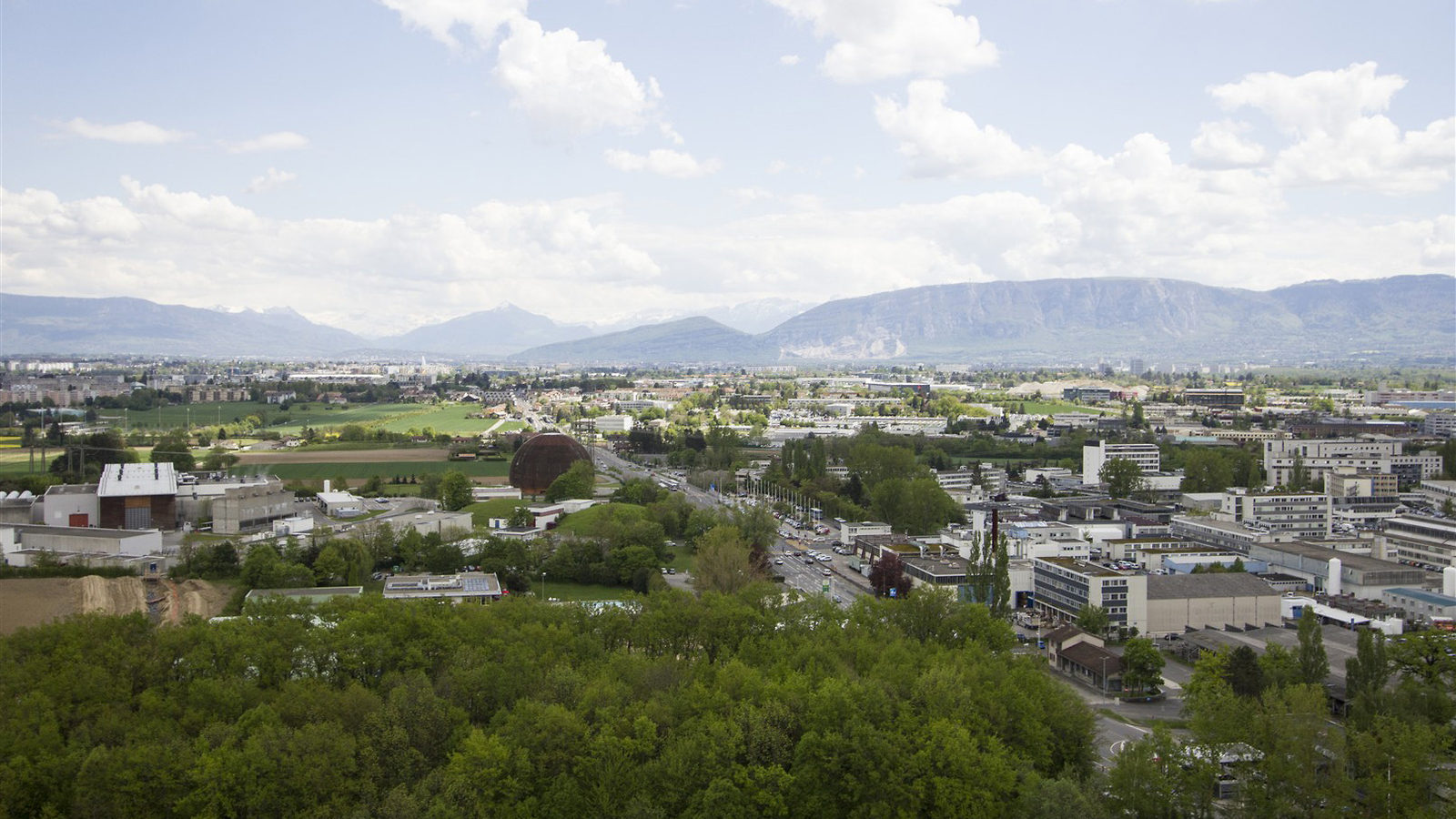Following almost 300 submissions from school groups around the world, two teams have been selected to come to CERN to carry out their own experiments at a CERN beam line. The winners are the “Odysseus’ Comrades” team from Varvakios Pilot School in Athens, Greece, and the “Dominicuscollege” team from Dominicus College in Nijmegen, the Netherlands.
To coincide with CERN’s 60th anniversary this year, the laboratory launched the Beam Line for Schools competition. The idea is to make a fully equipped beam line available for high-school students to run an experiment in the same way that the laboratory’s researchers do.
“When we first had the idea of offering a beam line to schools, I never expected such a fantastic range of proposals from around the world,” says Christoph Rembser, coordinator of the initiative. “I’ve been amazed by the creativity and motivation of the students who entered. Many students wrote that even if they didn’t win, they’d already had an amazing experience taking part and learning the physics to write their proposal. For many it was their first taste of real science.”
In proposals of fewer than 1000 words, teams had to explain why they wanted to come to CERN (pictured above), what they hoped to take away from the experience and give initial thoughts on how they would use the particle beam for their experiment. They also had to summarize their written proposal in a creative and entertaining video.
When the competition closed at the end of March, 292 proposals had been submitted. Teams of CERN scientists then evaluated proposals based on creativity, motivation, feasibility and scientific method. After two rounds of evaluation, 16 teams were highly commended and put forward for final selection by an official CERN committee that assigns beam time to experiments. The committee decided to choose not one but two winning teams, both of which have been invited to CERN to carry out their experiments together.
Odysseus’ Comrades are a team of 12. Their proposal is to look at the decay of charged pions (particles containing a quark and an antiquark) to investigate the weak force, one of the four fundamental forces of nature.
“At first it was very hard to find an experiment to propose for the competition. But if there is an obstacle, it is always a good start to look at history. So we studied the history of CERN, and that lead us to the proposal of studying a peculiar property of weak force,” says Andreas Valadakis, the teacher of the Greek team.
Dominicuscollege are a team of five. Their proposal is to grow their own crystals to make a calorimeter, a device that measures energy, and to test it with the beam at CERN.
“For the video, the team spent one day in a class room while I was not at school. In the evening they showed me the result: I was amazed!” says Rachel Crane, the Dutch team’s teacher.
“In my experience, it’s always amazing to see what happens when school students get involved with real research,” says CERN’s Head of Communications James Gillies. “I can’t wait to see what these two winning teams achieve.”
CERN scientists are now discussing the scientific and technical details with the two winning teams to prepare the setup of their experiments, which will be carried out in September.
This article is based on a CERN press release.



